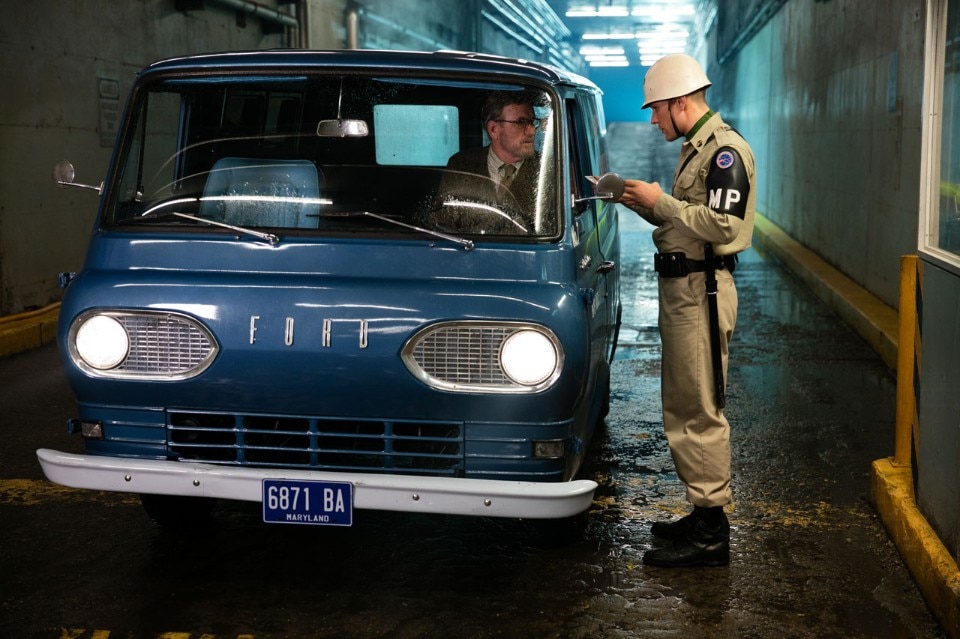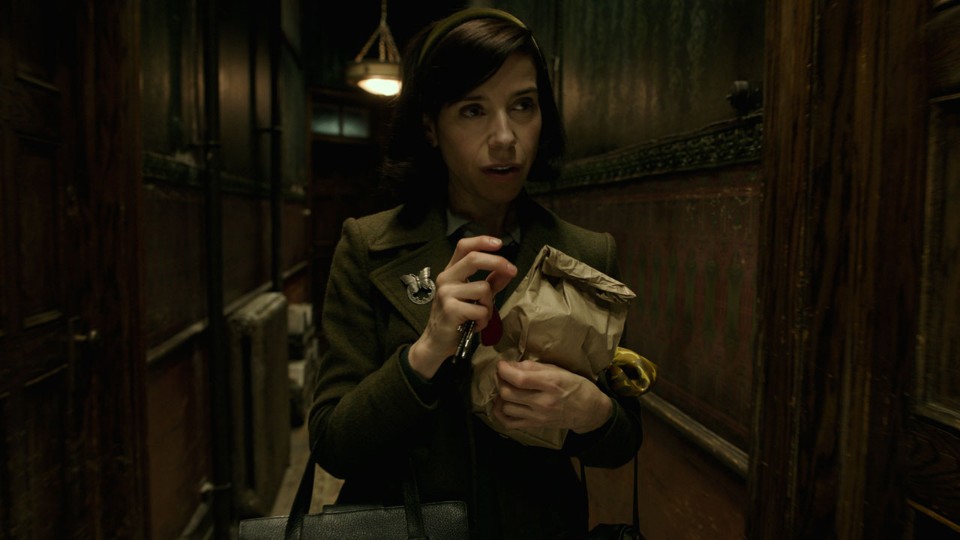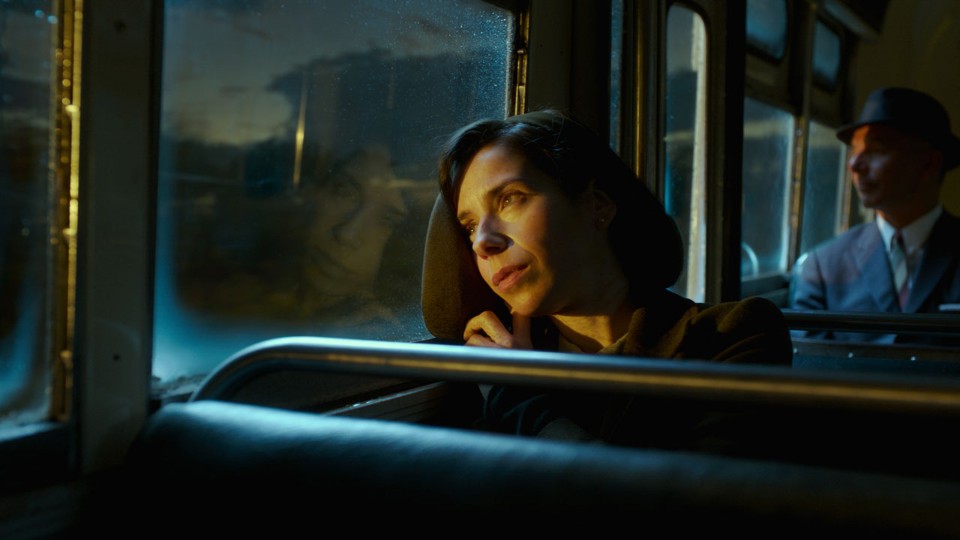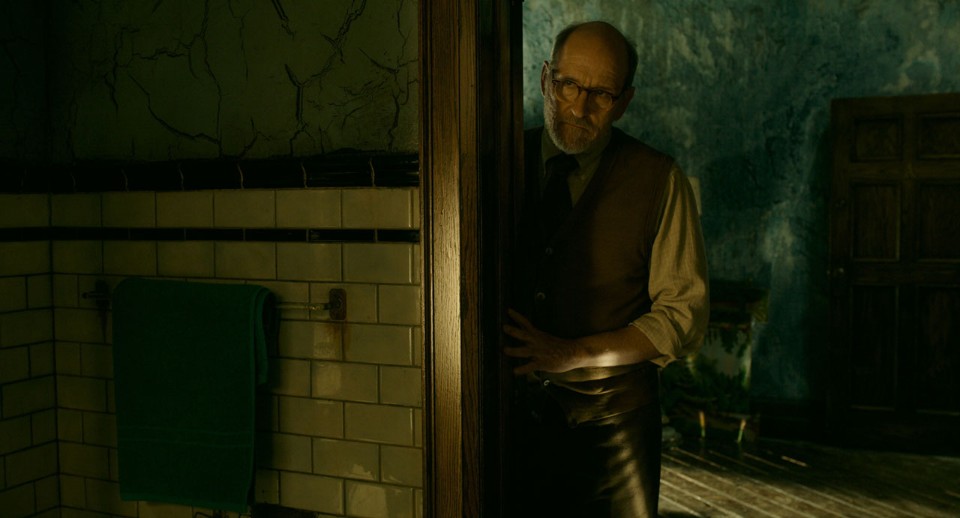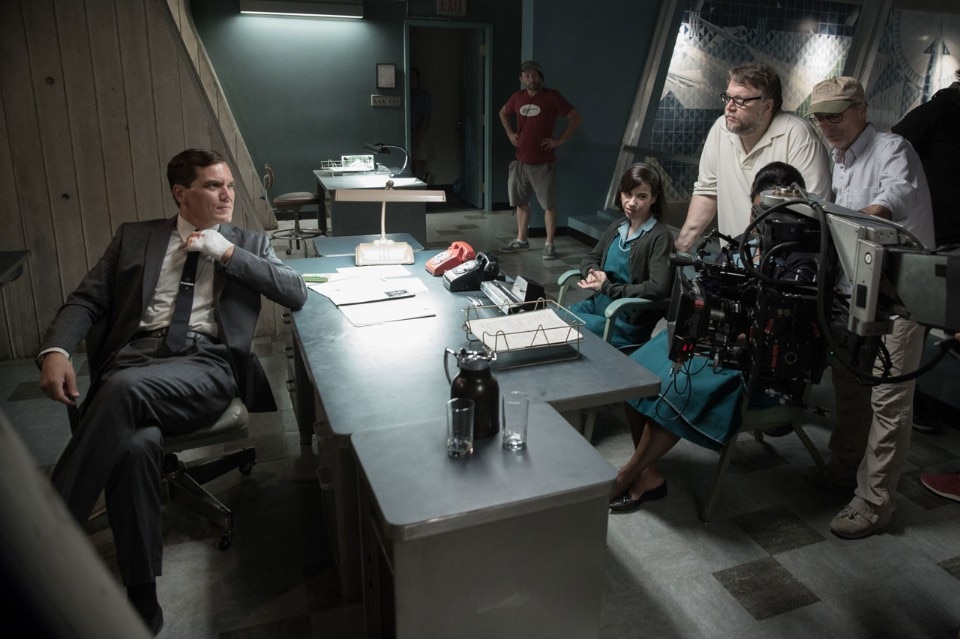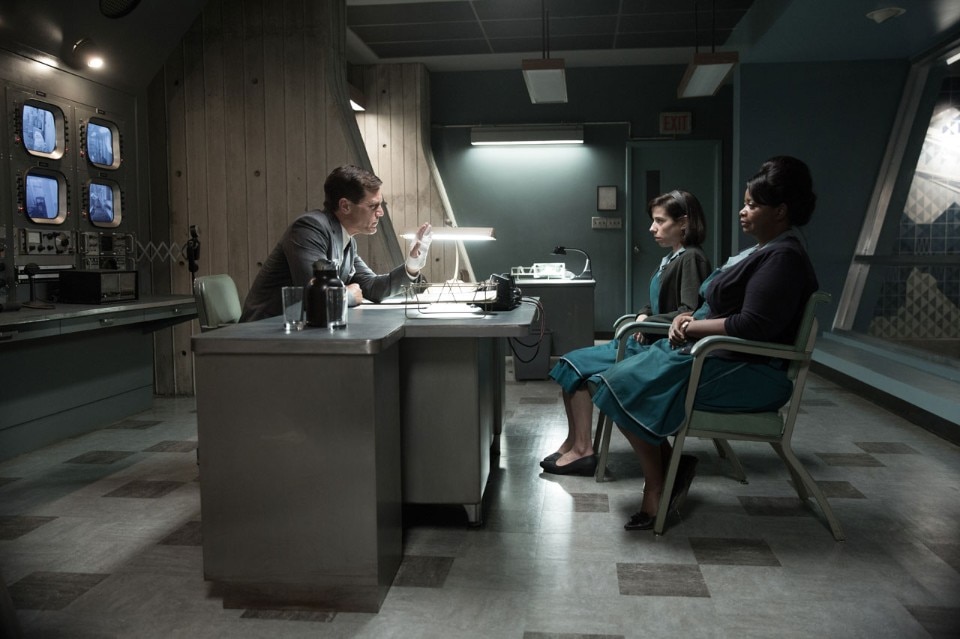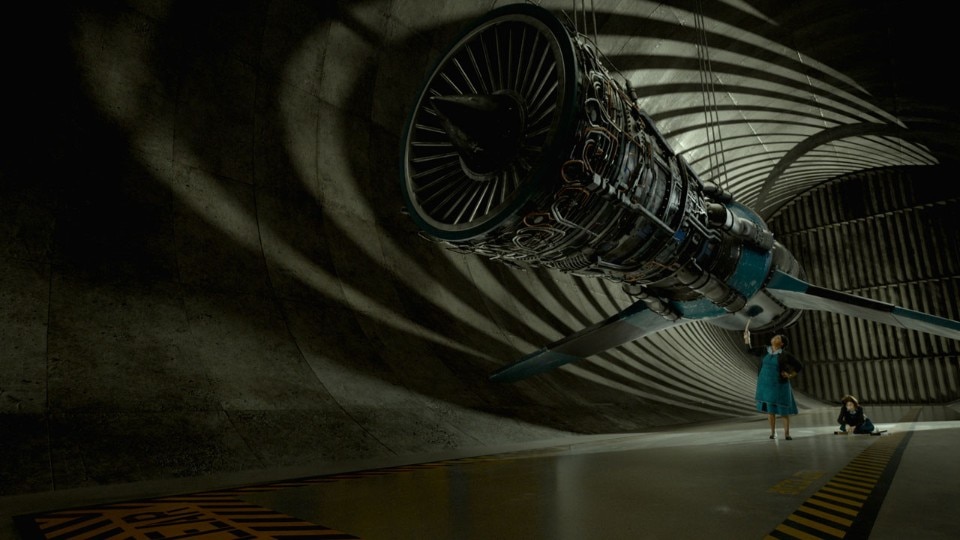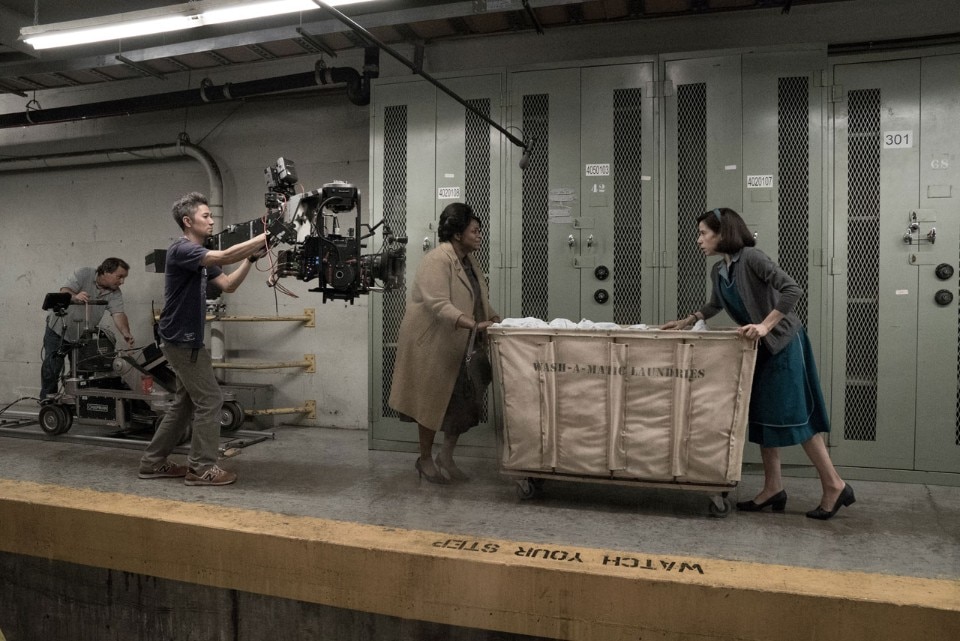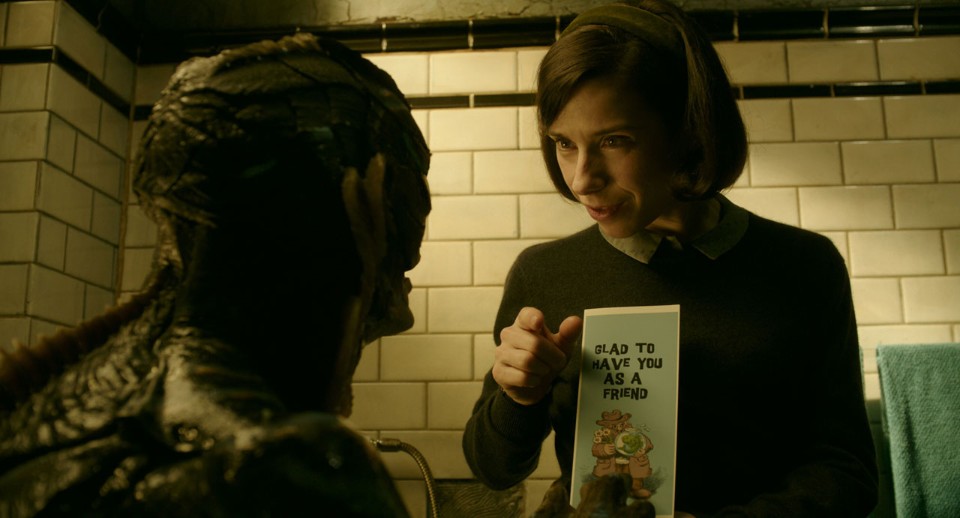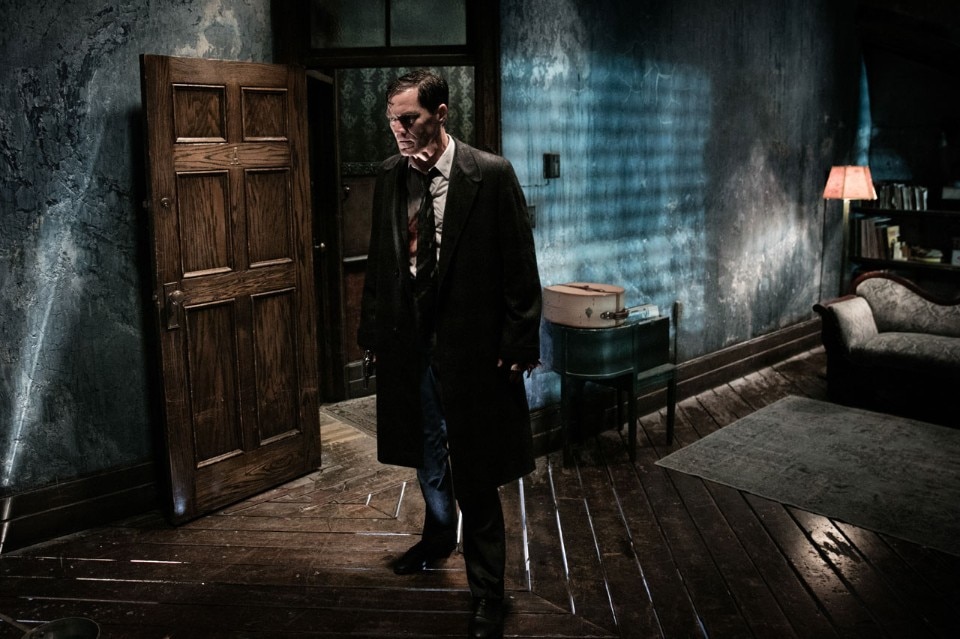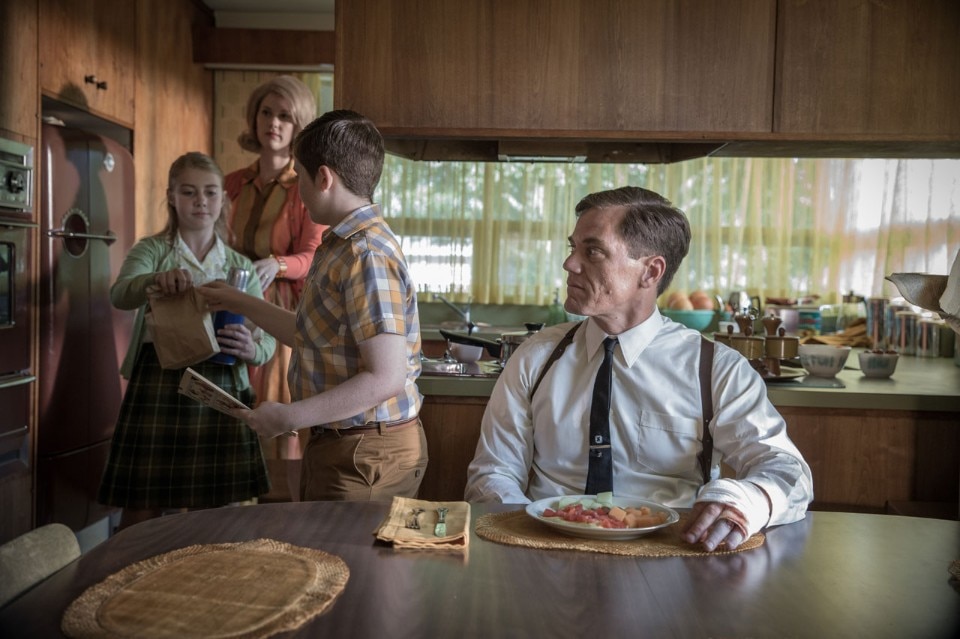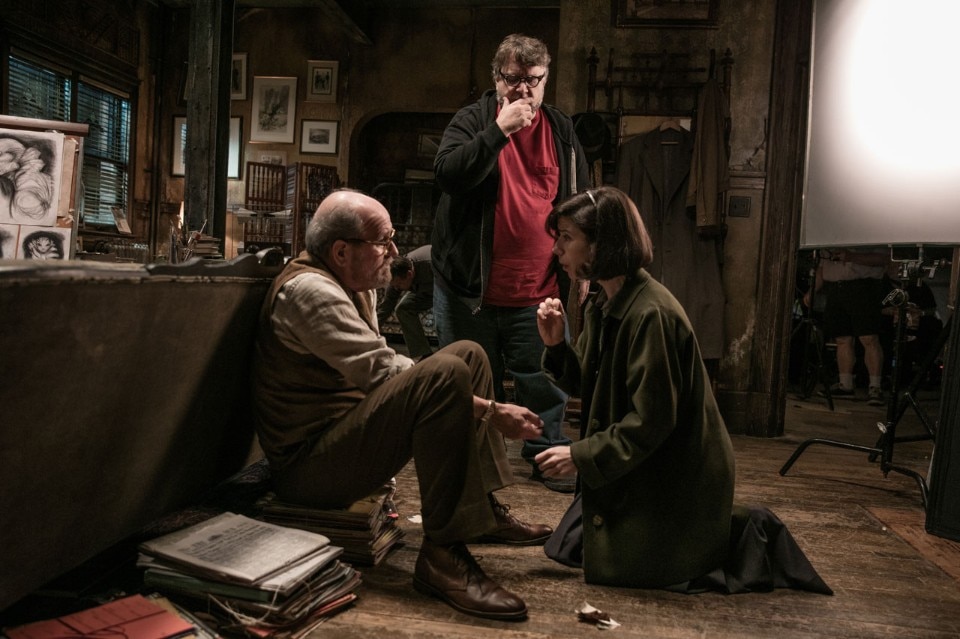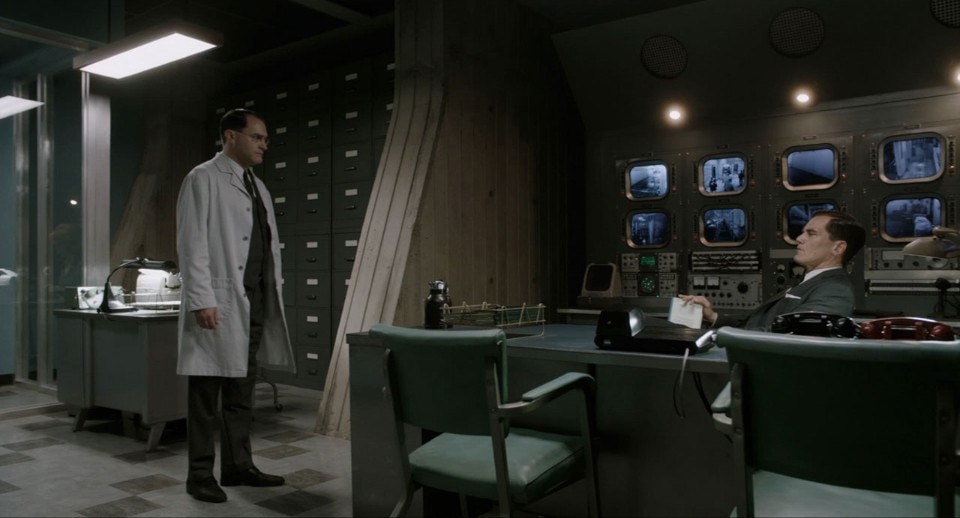The Shape of Water is one of the films of the year. Directed by Guillermo del Toro, it has just won four Oscars at this year’s Academy Awards. With Alfonso Cuaròn and Alejandro González Iñárritu, del Toro makes up a trio of Mexican-Americans who have made themselves Hollywood fixtures by pairing deft handling of fantasy worlds with bringing back incredible technical skill. Iñárritu created the striking sequence of Birdman and Revenant, the heirs of Amores Perros, the film that launched his career. To shoot Cuarón’s Gravity they needed to develop special technology to make it possible at all. Cuarón also tried his hand at the world of Harry Potter, directing the third chapter in the saga – bringing us back to Guillermo del Toro, who uses special effects and incredible attention to set design to bring a poetic world of monsters and mythological creatures to life.
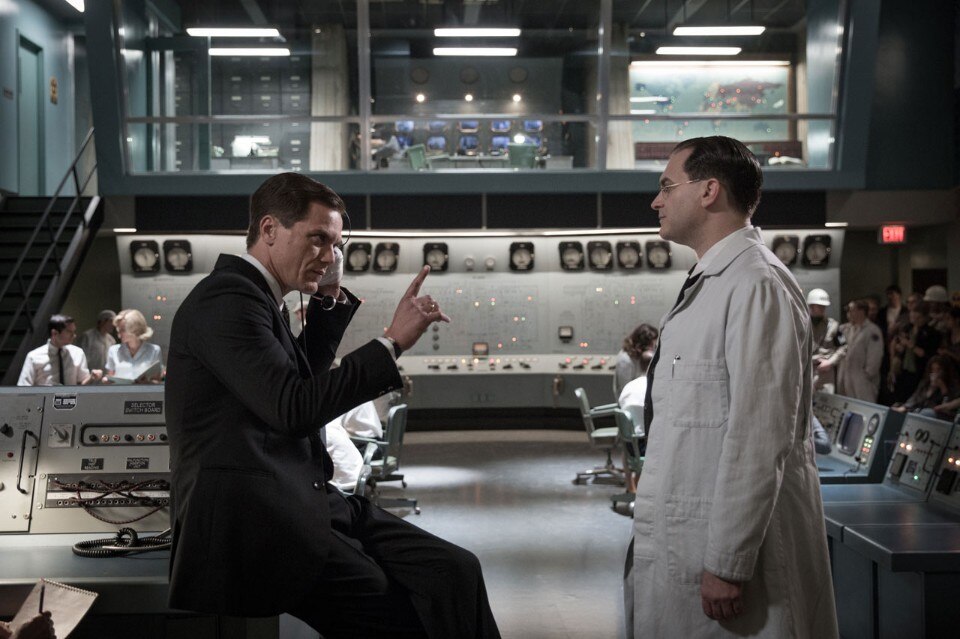
The Shape of Water is based around an unlikely concept: against the backdrop of the Cold War, a mute woman falls in love with a water monster, and – perhaps, the film is not clear – they live happily ever after. We’re used to Del Toro’s blend of history and fantasy from his film Pan’s Labyrinth, which recounts the adventures of Ofelia, a girl with a vivid imagination who develops a parallel reality, one subterranean and fantastical, to escape the pain of the Spanish civil war. In The Shape of Water, Elisa Esposito (played by Sally Hawkins, Oscar-nominated for the Best Actress) is a cleaning woman who is unable to speak because of damage to her vocal chords. The film is set in 1962. Elisa works in an American government laboratory holding an amphibious monster captured in the Amazon, where it’s worshipped like a god. Colonel Strickland (Michael Shannon) conducts sadistic experiments on it in the belief that this will help America in the country’s space race with Russia. Elisa becomes fascinated by the creature and falls in love with it. With the help of her only friends, her neighbour Giles and her fellow cleaner Zelda, she frees it. This would seem to be the climax of the story, but we are only midway through. The film then follows the development of the relationship between Elisa and the mysterious creature.
Based on the typical storylines of the fairy tale, the film reveals a clear parallel with Beauty and the Beast. But The Shape of Water is a fairy tale for adults. While the wicked remain wicked at the end, the good become better, and in the best Brothers Grimm tradition, there’s no skimping here on blood, sex and symbolism – water symbolism in particular. Water is everywhere in the film. It’s in the title, which was inspired by the Platonic theory of water – this saw its purest form as structured by the icosahedron, a 20-face polygon, suggesting that beauty has many faces. It’s in Elisa’s past – she was an orphan found in a basket on the river. It’s in Elisa and Zelda’s buckets, and on the laboratory floor that the two mop, rinse and dry. It’s in the air because it’s raining (it’s always raining). It’s hanging on the walls of Elisa’s living room in the form of Hokusai’s Great Wave. A great wave of water floods her home and her life when she tries to transform her bathroom into a pool, where she finally makes love with the mysterious creature. It brings to mind another flooding scene from The Hours (2002), where water bursts into Julianne Moore’s bedroom, shot from above in the film. There, water is laden with death – it’s a bringer of nightmares. But in The Shape of Water it brings life, an existence outside the norm, one in which loneliness can meet loneliness. Water overwhelms everything and invests us with its endless meanings: purification, the power of baptism, amniotic union and intimacy between outsiders, who find in it the possibility of communication.
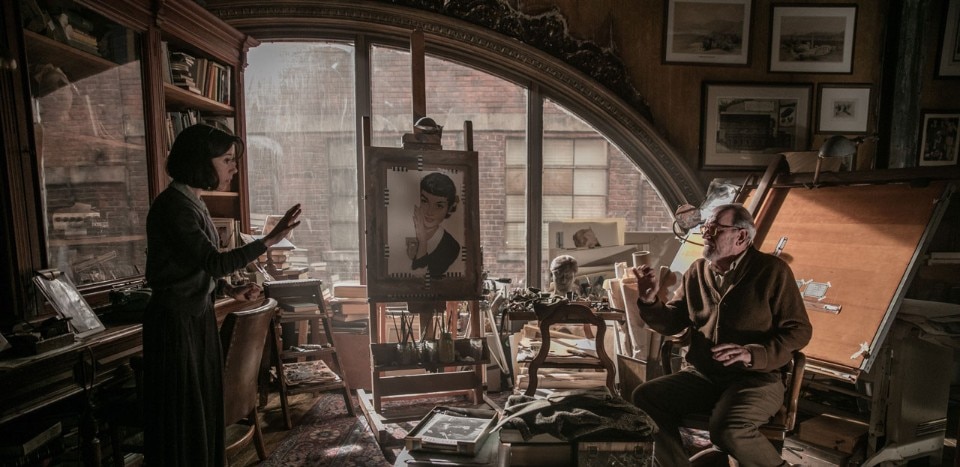
The characters, though enlivened by breezy talkativeness (Zelda – Octavia Spencer), an expressivity that conquers silence (Elisa – Sally Hawkins) or by jokes (Giles – Richard Jenkins), are lonely monads. Elisa is shut inside her mutism, in the difficulty she has in developing deep relationships with others. Her neighbour Giles is an older gay man, a struggling, entertaining illustrator. Elisa is all he has left. Zelda talks – talks to cover the silence of her colleague and the emptiness of a marriage to a taciturn man, who opens his mouth only to say the wrong thing at the wrong time.
The spaces in the film perfectly express this state of being. There are enclosed, claustrophobic interiors; dark, subterranean laboratories; rooms in houses full of objects; windows with rain and the night outside. There are cages, cisterns, chains. The noir atmosphere is enhanced by the colour palette chosen by the director and the set designer, Paul Austerberry, who won the Oscar for Best Production Design. The colours are saturated, bringing to mind the varying shades of water, from cyan to emerald, but there are also solid blacks, wood tones and grey. There would seem no room for a glimmer of light. But at the end, on a quay by a river bank at night, the first long sequence set outside, three of the characters witness the opening up of a new possibility of life – reflected in the opening up of the scenic space of the film. In a final scene that seems both closed and open at the same time, Elisa, who began her journey on Earth in the water, brings it to completion in the water too.
- Film title:
- The Shape of Water
- Director:
- Guillermo Del Toro
- Screenplay:
- Guillermo del Toro
- Scenography:
- Guillermo del Toro, Vanessa Taylor
- Music:
- Alexandre Desplat
- Fotography:
- Dan Laustsen
- Producers:
- Bull Productions, Fox Searchlight Pictures, TSG Entertainment, Double Dare You Productions
- Distribution:
- 20th Century Fox
- Duration:
- 119 minuti


